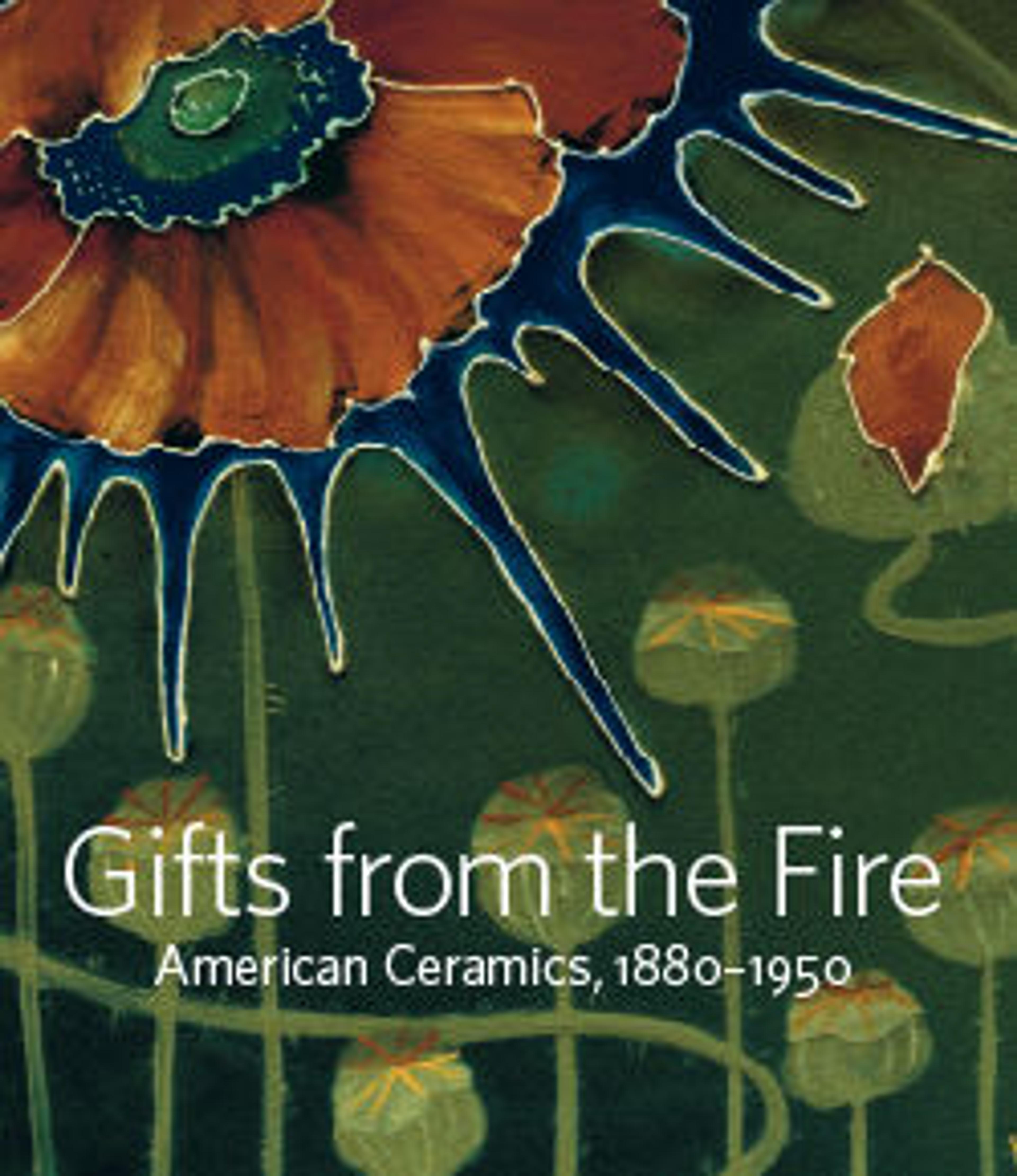Bowl with nude
It was in Cincinnati at the Rookwood Pottery that the drive toward more organic, plant-based forms found fruition. Whether it was a result of the general Zeitgeist of 1900 or more specific influences from Europe, some Rookwood artists gradually freed their designs from the constraints of wheel-based forms and painted decoration. It was in Cincinnati at the Rookwood Pottery that the drive toward more organic, plant-based forms found fruition. Whether it was a result of the general Zeitgeist of 1900 or more specific influences from Europe, some Rookwood artists gradually freed their designs from the constraints of wheel-based forms and painted decoration. Concurrent with the rise of a nature-based ornament was another one that was figurative and emotive, epitomized by the Symbolist painters. This mode found its most notable expression in the work of Artus Van Briggle, especially his famed Lorelei, featuring a lightly veiled nude woman encircling the vase, her arms embracing and forming the vase’s opening, her head and flowing hair similarly subsumed into the walls of the vessel itself (see 2015.548.1). Van Briggle first designed the model while still employed at Rookwood, later carrying on his work at the eponymous pottery he founded in Colorado Springs. His figurative work was carried on at Rookwood by Anna Marie Valentien, who created a number of vessels with Symbolist maidens, such as this large green bowl with the nude woman’s body turned outward, her breasts voluptuously displayed to the viewer.
Artwork Details
- Title:Bowl with nude
- Designer:Designed by Anna Marie Valentien (American, 1862–1947)
- Manufacturer:Rookwood Pottery Company (American, Cincinnati, Ohio 1880–1967)
- Date:1901
- Geography:Made in Cincinnati, Ohio, United States
- Culture:American
- Medium:Earthenware
- Dimensions:H. 2 1/8 in.; L. 4 3/8 in
- Credit Line:Gift of Martin Eidelberg, 2020
- Object Number:2020.64.135
- Curatorial Department: The American Wing
More Artwork
Research Resources
The Met provides unparalleled resources for research and welcomes an international community of students and scholars. The Met's Open Access API is where creators and researchers can connect to the The Met collection. Open Access data and public domain images are available for unrestricted commercial and noncommercial use without permission or fee.
To request images under copyright and other restrictions, please use this Image Request form.
Feedback
We continue to research and examine historical and cultural context for objects in The Met collection. If you have comments or questions about this object record, please contact us using the form below. The Museum looks forward to receiving your comments.
